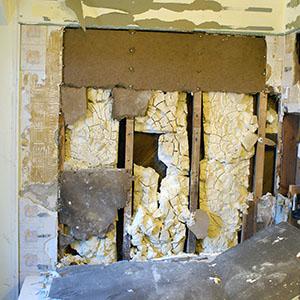Urea Formaldehyde Foam Insulation, 30 years after the scandal
We will soon mark the 30th anniversary of the end of the sale of Urea Formaldehyde Foam Insulation (UFFI).
Foam was banned in 1980 because it could cause health problems.
At the time, it was the go-to solution for simply improving the thermal insulation of homes. We make a few holes here and there in the walls, we inject the expandable product, and voila.
A great product… when it’s formulated correctly and installed in the right place. But if the recipe or the installation conditions are bad, it can, in addition to losing its insulating power, be the source of skin irritation, respiratory problems, nausea or dizziness.
Still there
That said, thousands of homes in Canada still have this moss in their walls.
Is it a notifiable “disease” if you want to sell your home? Should we consider reducing the selling price?
“UFFI is no longer considered a hidden defect,” replied Dr. Albert Nantel, long at the head of the Poison Center and who was a major player during the scandal of the 1980s.
In fact, science has shown that the most negative effects are felt in the days following its application.
Thus, 30 years after the scandal, this insulating foam is a stable product, assures Dr. Nantel.
The only precaution: wear a mask and gloves if you open the walls. Because, like many other products, this foam insulation can be irritating.


